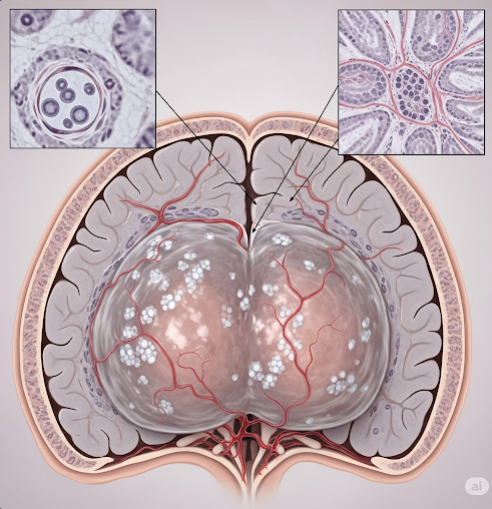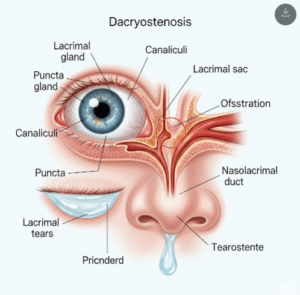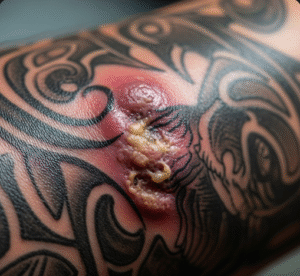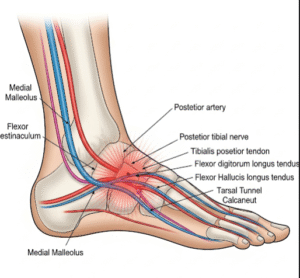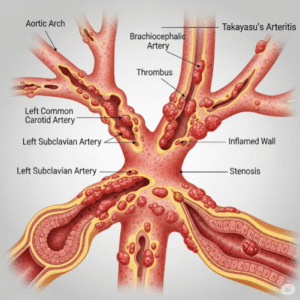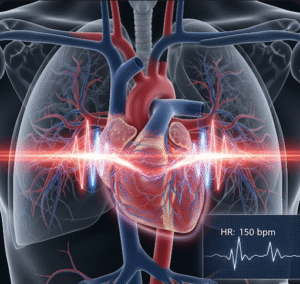Overview
Oligodendroglioma is a rare, slow-growing type of brain tumor that arises from oligodendrocytes — the cells that produce the protective myelin sheath covering nerve cells in the brain and spinal cord. This type of glioma most commonly affects adults between the ages of 35 and 50, but it can also occur in children. Although considered less aggressive than other brain tumors, oligodendrogliomas can still be life-threatening and often require long-term treatment and monitoring.
What is Oligodendroglioma?
Oligodendroglioma is a primary central nervous system tumor classified under gliomas, which are tumors arising from glial cells. Specifically, it originates from oligodendrocytes. These tumors typically occur in the cerebral hemispheres, especially in the frontal and temporal lobes. Oligodendrogliomas are known for their better response to chemotherapy and radiation compared to other gliomas, particularly when they contain a genetic co-deletion of chromosomes 1p and 19q. They are graded by the World Health Organization (WHO) as either grade 2 (low-grade) or grade 3 (anaplastic, more aggressive).
Symptoms
The symptoms of oligodendroglioma can vary depending on the tumor’s location and size but commonly include:
- Seizures (most common presenting symptom)
- Headaches
- Cognitive or personality changes
- Motor weakness or sensory disturbances
- Speech or visual problems
- Difficulty with coordination or balance
Causes
The exact cause of oligodendroglioma is not known, but it is thought to result from a combination of genetic mutations and environmental factors. Key factors associated with the development include:
- Genetic alterations, especially co-deletion of chromosome arms 1p and 19q
- Mutations in IDH1 or IDH2 genes
- Radiation exposure (rarely)
- No clear link to inherited genetic syndromes in most cases
Risk Factors
While oligodendroglioma can occur in anyone, certain factors may increase the risk:
- Age: Most commonly occurs in adults aged 35–50
- Gender: Slightly more common in men
- History of previous radiation to the brain
- Genetic mutations (IDH1/2, 1p/19q co-deletion)
Complications
Without proper treatment and monitoring, oligodendrogliomas can lead to:
- Progressive neurological deficits
- Recurrent seizures
- Tumor growth leading to increased intracranial pressure
- Transformation into a more aggressive glioma (e.g., glioblastoma)
- Side effects from treatments like chemotherapy and radiation
- Cognitive or emotional challenges due to brain function involvement
Prevention
There are no known ways to prevent oligodendroglioma, but early detection and genetic testing can guide more effective treatment strategies. General recommendations include:
- Routine neurological evaluations if high risk or symptoms appear
- Genetic testing and tumor profiling to identify mutations
- Avoiding unnecessary exposure to ionizing radiation
Treatment Options in Korea
South Korea is at the forefront of brain tumor treatment, offering advanced diagnostics, surgical techniques, and personalized oncology care for conditions like oligodendroglioma. Treatment typically involves a multidisciplinary approach and may include:
- Surgical resection: Removal of as much of the tumor as safely possible is often the first step
- Radiation therapy: Used postoperatively or when surgery is not feasible
- Chemotherapy: Especially effective in tumors with 1p/19q co-deletion; temozolomide and PCV (procarbazine, lomustine, vincristine) are commonly used
- Targeted therapies: Based on molecular and genetic markers
- Regular MRI scans to monitor tumor recurrence or progression
- Neurorehabilitation: Physical and cognitive therapy to aid recovery
Leading neurosurgical centers in Korea, such as Samsung Medical Center, Seoul National University Hospital, and Severance Hospital, are equipped with state-of-the-art technology including intraoperative MRI, neuronavigation, and awake craniotomy, enhancing safety and outcomes for brain tumor patients.

